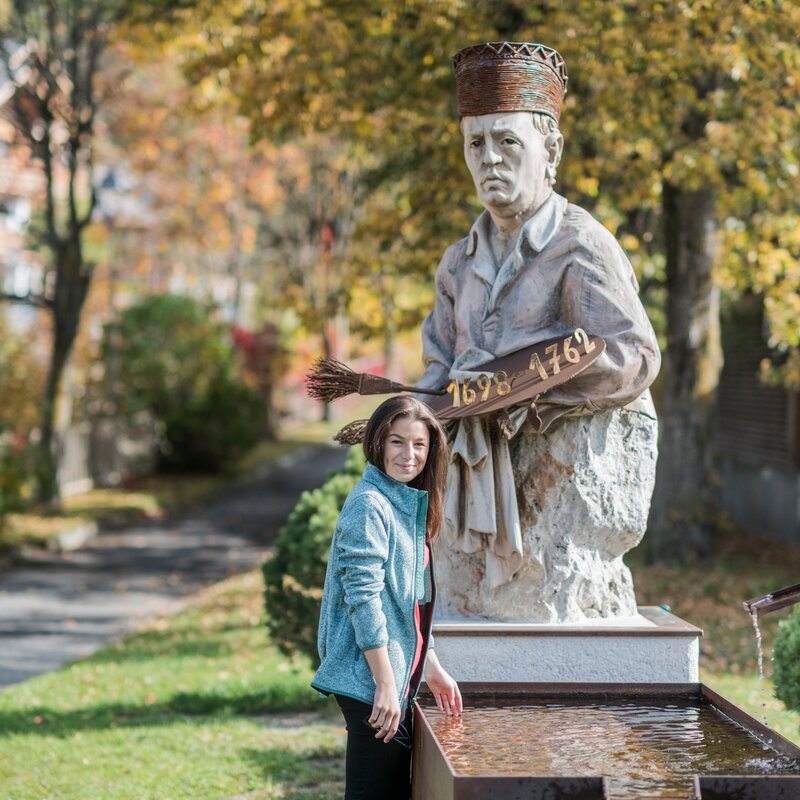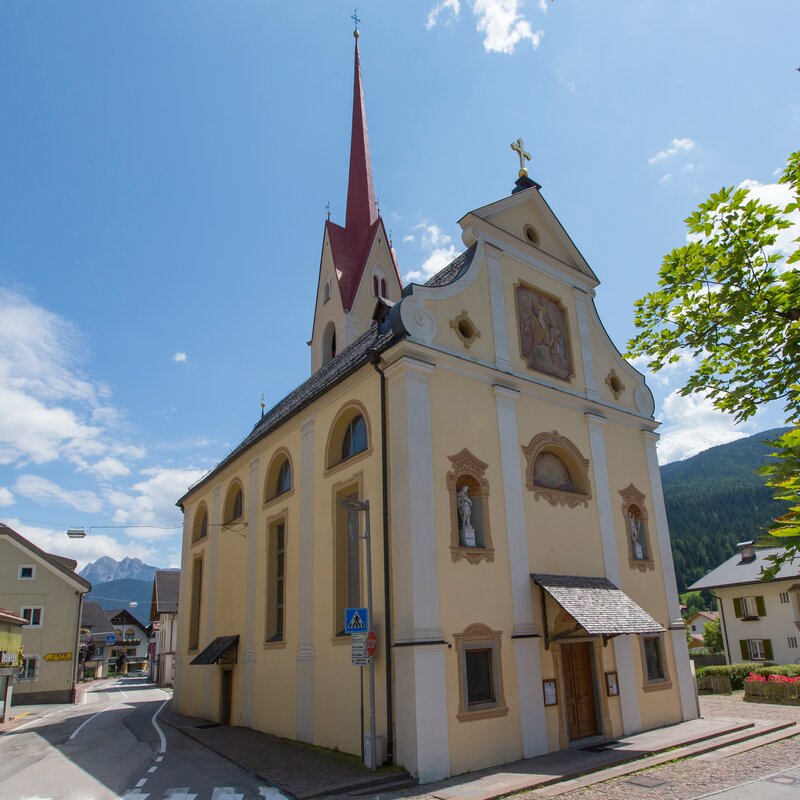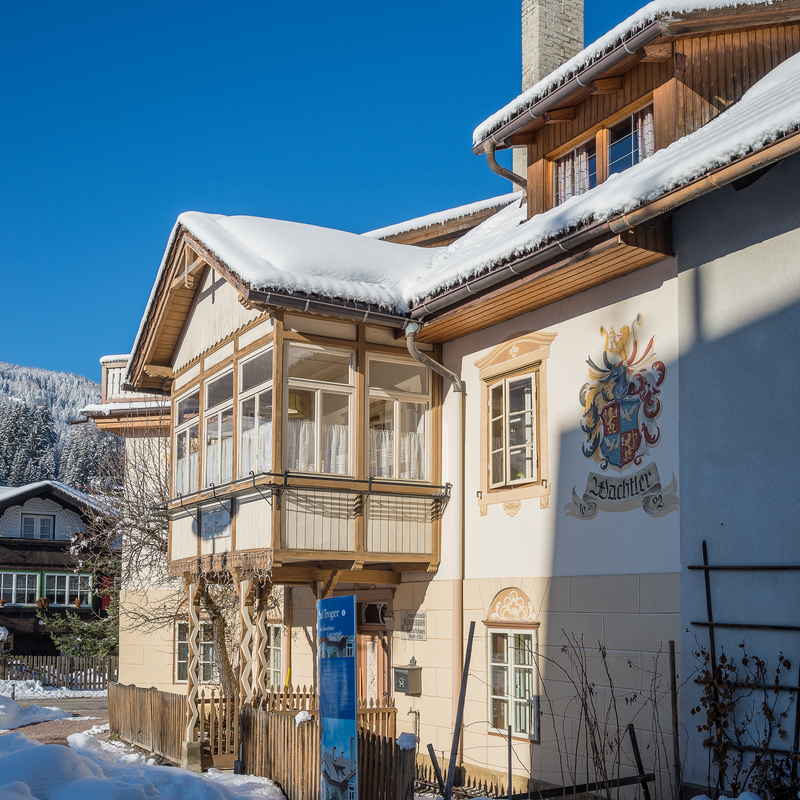

Paul Troger was born on Oct. 30, 1698, at Monguelfo in the Puster Tal Valley. There, at the age of 16, under the patronage of the Firmian family, he studied art with Giuseppe Alberti in Cavalese (Trentino). Then, Paul Troger went to Venice, where he was influenced by the new developments in painting sparked by Giovanni Battista Piazzetta, Sebastiano Ricci, and Giovanni Battista Pittoni. Troger also studied in Rome, Naples, and Bologna, the leading artistic centers of Italy at the time, where the works of the Caracci, Luca Giordano, and Giuseppe Maria Crespi were also important for his development.
On his return to Austria, Troger first worked at Salzburg. He then moved to Vienna permanently, where he soon joined the Academy of Fine Arts. Although Troger did many easel paintings, it was for his frescoes that he was famous and much in demand throughout the Austrian lands.
Noteworthy among them are his ceilings in the Marble Hall and the Library of the monastery of Melk (1732-1733), the Apotheosis of Charles VI as Apollo over the main stairway at the abbey of Göttweig (1739), and frescoes in other large monastic buildings of Austria - Altenburg, Zwettl, Seitenstetten, and Geras. He also painted frescoes in the church of St. Ignatius in Györ, Hungary (1744; 1747), the ceiling of the Cathedral of Brixen (now age church of Maria Dreieichen near Vienna (1752). Troger's frescoes are noteworthy for their immense vitality of movement and color; done with supreme illusionism, they seem to wipe out the ceiling and present the viewer with a celestial vision of startling reality.
His most important contribution to Austrian painting, noted by his contemporaries, was his rejection of the strong dark colors of the beginning of the 18th century in favor of an increasingly lighter palette, typical of the rococo, known as his leichte Manier. He never totally abandoned his essentially Tyrolese naturalism, however, and even in mythological and allegorical subjects he introduced realistic detail. His painting adapted the colorful idealism of Johann Michael Rottmayr to the new taste of the rococo and presaged the highly idiosyncratic and emotional painting of the young Maulbertsch. The great artist from Welsberg died in Vienna on 20 July 1762. He was buried two days later in the Abbey of the Scots. Troger left behind nine children from his first marriage and seven from his second.

A carefully renovated Patrician villa with original Gothic vaults – the birthplace of the Baroque painter Paul Troger.

In the parish church of St. Margareth you will find the three altar pictures by Paul Troger.
The tour starts at his birthplace and goes on to the parish church where three of his masterpieces adorn the altar. You then stop at some other beautiful places and lanes of Monguelfo. A carefully renovated Patrician villa with original Gothic vaults – the birthplace of the Baroque painter Paul Troger – is the starting point of the round tour. Troger has become known throughout Europe with his frescos in the Lower Austrian monasteries like Melk, Altenburg, Zwettl and Geras. In the cathedral of Brixen he created a unique episode of frescos. The second stop of the cultural path in Welsberg is the small parish church of St. Margareth with the three altar pictures by Paul Troger. The Gothic waysideshrine from 1460 is our next stop. The Gothic frescos by Michael Pacher can be admired in the four spacious niches. The next highlight of the round tour is the Zellheim Mansion (built in 1350 by the Lords of Welsberg) and the Troger Monument. Before reaching the Rain Church “Our Lady on the Rain” (with the decorated wooden door, old church benches, special panels and frescos) you will visit the Lord’s House. When this building was excavated in 1905 urns, jewellery and tools from the Late Bronze Age were found. The visit of the Castle Welsperg is a must (the ruins of Castle Thurn are close by) – especially because it has played a decisive role in Paul Troger’s life. About 180 steps beneath the castle there was the painters’ studio where the Lords Firmian saw the young Troger painting and discovered his talent. The tour ends with a piece of art by Troger, namely with Saint Apostle Jude Thaddaeus, at the entrance hall of the local Raiffeisen bank.